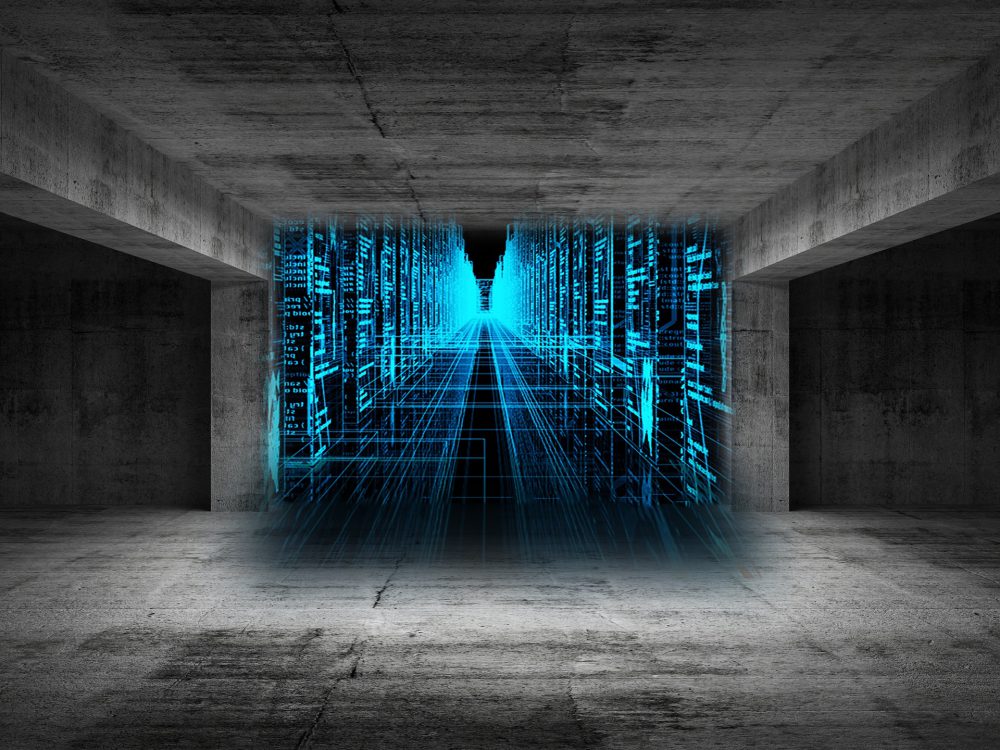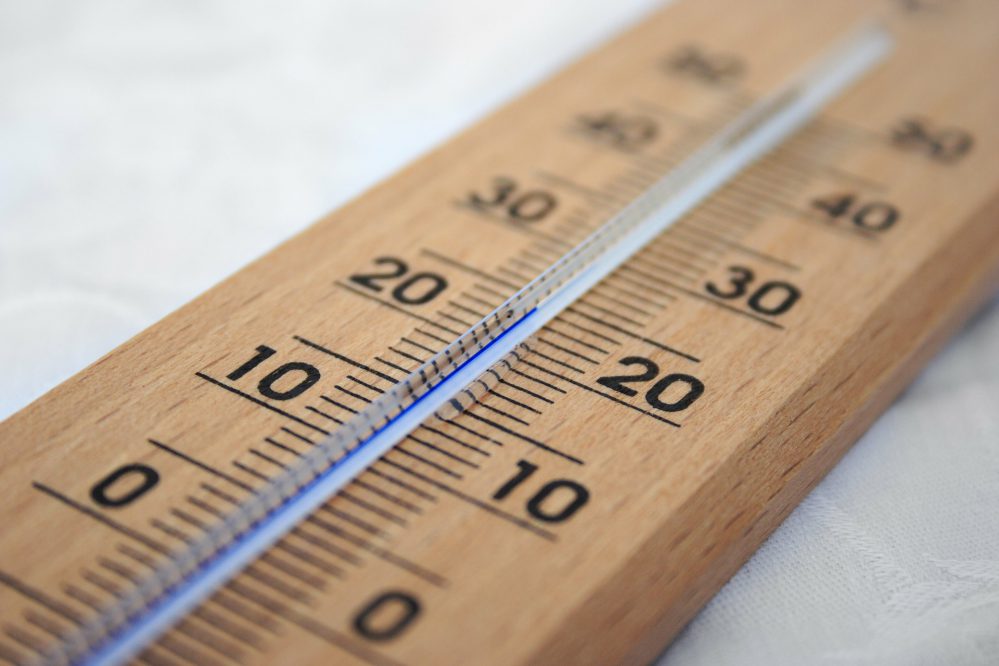
IOT AND DATA: PART 1
With the ascent of the Industrial Internet of Things, one thing is clear: engineers need to separate important data from the gigantic measures of machine data gathered. Data from machines, the quickest developing sort of data, is required to surpass 4.4 zettabytes (that is 21 zeros) by 2020. This sort of data is becoming speedier than online networking data and other conventional sources. This may sound amazing, yet when you

COMMON PROBLEMS WITH LABVIEW REAL-TIME MODULE: PART 2
The second part of our series will address the difficulty with setting up a connection with a Compact Field Point and SQL Server 2000. Let’s set up a possible scenario:You have a SQL server with which you would like to communicate with directly (preferably no software in between).). There is more than two way to try and solve this problem, but we’ve narrowed them down to two that are most likely

COMMON PROBLEMS WITH LABVIEW REAL-TIME MODULE
This is the first part of the series where we address problems users occur with the LabVIEW real-time module. If the instability of Windows appears to be a concern, we recommend a fault tolerant design that could handle the Windows platform going down occasionally. Here’s what we’re talking about Three machines:1) DB Server2) DB Writer3) RT Data collection

THE LABVIEW REAL-TIME MODULE
As you already know, ReadyDAQ is developing a program for real-time systems. ReadyDAQ for real-time will be based on the LabVIEW Real-Time Module which is a solution for creating reliable, stand-alone embedded systems with a graphical programming approach. In other words, it is an additional tool to the already existing LabVIEW development environment. This module helps you develop and debug graphical applications that you can download to and execute on

BIG DATA ABOUT REAL-TIME – PART 1
The data distribution center, as profitable as it seems to be, is history. The most significant data will be what is gathered and investigated amid the client collaboration, not the audit a while later. It’s unmistakable there’s a change in big business data dealing with in progress. This was clear among the enormous data devotees going to the Hadoop Summit, in San Jose, Calif., and the Spark Summit in San Francisco

BIG DATA ABOUT REAL-TIME – PART 2
Is it insightful to center as much consideration and exertion around Spark? The enormous data field is fundamentally in mature. There’s RethinkDB, a driven Redis extend or, so far as that is concerned, business in-memory SAP Hana. With such a large number of activities in progress, would it say it was insightful for IBM to report that Spark is “possibly the most noteworthy open source venture of the following decade”?

REAL-TIME DATA ACQUISITION
What is RTD? Real-time data (RTD) is information that is distributed directly after it has been gathered. There is absolutely no delay in the timeliness of the data delivered. Real-time data is often used for navigation or tracking.Some uses of the term “real-time data” confuse it with the term dynamic data. The presence of real-time data is actually irrelevant to whether it is dynamic or static. Real-time analytics is the

WHERE ARE TEMPERATURE DATA LOGGERS USED?
Have you ever thought about where do temperature data loggers go after being manufactured? Me neither. But let’s talk about this for a moment. Data acquisition systems are all around us, so let’s see where are data loggers that measure temperature mostly used. Museum Preservation In order to prevent deterioration of natural history museum collections, strict rules have to be respected when it comes to temperature. Temperature data loggers conform with restrictions associated with historical landmarks

WHERE AND WHY ARE DATA LOGGERS USED
We’ve been talking a lot about data acquisition and other related fields, and here’s an overview of where and why are data loggers actually used. Where are data loggers used? Data loggers are used for a wide range of applications in many industries worldwide. These include, for example: Environmental research into climate change, weather patterns, seasonal changes, wildlife habitats, oceans and rivers. Building/facilities/energy efficiency management: monitoring power usage, heating, ventilation and air conditioning systems in

IOT AND YOUR BUSINESS
Despite the fact that unique assessments held that we’d see 50 billion “associated” gadgets by 2020, amended evaluations are as yet focusing on about 30 billion, speaking to an industry worth several billions of dollars sooner rather than later. So here’s the question—is your business prepared for the IoT? Regardless of the possibility that you don’t bargain straightforwardly with innovation, IoT gadgets will massively affect how you work together. Let’s


